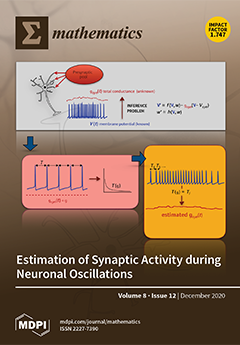Evaluation of images of special functions under operators of fractional calculus has become a hot topic with hundreds of recently published papers. These are growing daily and we are able to comment here only on a few of them, including also some of the latest of 2019–2020, just for the purpose of illustrating our unified approach. Many authors are producing a flood of results for various operators of fractional order integration and differentiation and their generalizations of different special (and elementary) functions. This effect is natural because there are great varieties of special functions, respectively, of operators of (classical and generalized) fractional calculus, and thus, their combinations amount to a large number. As examples, we mentioned only two such operators from thousands of results found by a Google search. Most of the mentioned works use the same formal and standard procedures. Furthermore, in such results, often the originals and the images are special functions of different kinds, or the images are not recognized as known special functions, and thus are not easy to use. In this survey we present a unified approach to fulfill the mentioned task at once in a general setting and in a well visible form: for the operators of generalized fractional calculus (including also the classical operators of fractional calculus); and for all generalized hypergeometric functions such as
and
, Fox
H- and Meijer
G-functions, thus incorporating wide classes of special functions. In this way, a great part of the results in the mentioned publications are well predicted and appear as very special cases of ours. The proposed general scheme is based on a few basic classical results (from the Bateman Project and works by Askey, Lavoie–Osler–Tremblay, etc.) combined with ideas and developments from more than 30 years of author’s research, and reflected in the cited recent works. The main idea is as follows: From one side, the operators considered by other authors are cases of generalized fractional calculus and so, are shown to be (
m-times) compositions of weighted Riemann–Lioville, i.e., Erdélyi–Kober operators. On the other side, from each generalized hypergeometric function
or
(
or
) we can reach, from the final number of applications of such operators, one of the simplest cases where the classical results are known, for example: to
(hyper-Bessel functions, in particular trigonometric functions of order
),
(exponential function), or
(beta-distribution of form
. The final result, written explicitly, is that any GFC operator (of multiplicity
) transforms a generalized hypergeometric function into the same kind of special function with indices
p and
q increased by
m.
Full article





